The approach of winter signals a time of transformation for many creatures, and few embody this seasonal shift as remarkably as the hedgehog. These spiny mammals, often spotted shuffling through autumn leaves, undergo extraordinary physiological and behavioral changes to survive the harsh months ahead. Their winter preparations reveal a fascinating interplay between instinct, environment, and biological adaptation.
As daylight dwindles and temperatures drop, hedgehogs enter a phase of hyperphagia – an almost obsessive period of feeding. Unlike squirrels that meticulously cache food, hedgehogs adopt a more immediate strategy: converting every morsel into fat reserves. Their autumn menu expands dramatically, with beetles, worms, fallen fruits, and even the occasional small amphibian consumed in quantities exceeding 40% of their body weight weekly. This gluttony serves a critical purpose; a hedgehog’s survival through hibernation depends on accumulating sufficient brown adipose tissue, a specialized fat that generates heat during prolonged cold exposure.
The construction of winter quarters becomes an autumnal obsession. Hedgehogs demonstrate surprising selectivity in choosing hibernacula, rejecting damp areas prone to frost and seeking out well-drained spots beneath thick hedgerows, log piles, or within abandoned rabbit burrows. Using their snouts as shovels and their claws as rakes, they craft nests of remarkable complexity – layering dry leaves, grasses, and sometimes even paper or plastic debris into waterproof, insulated chambers. These domed structures, often measuring 50-60 cm across, maintain internal temperatures significantly higher than the surrounding environment, a testament to their architectural ingenuity.
Physiological metamorphosis accompanies these external preparations. A hedgehog’s heart rate plummets from 190 beats per minute to just 20, while breathing slows to one gasp every few minutes. Their body temperature mirrors the ambient chill, dropping to as low as 5°C (41°F) – a state that would prove fatal to most mammals. This metabolic marvel comes with risks; premature awakening during winter can prove catastrophic as the energy required to restart their systems might deplete precious fat reserves before spring’s bounty arrives.
Urbanization has dramatically altered traditional hibernation patterns. Artificial lighting and warmer microclimates in cities confuse hedgehogs’ internal clocks, with many delaying hibernation until December or abandoning it altogether. This extended activity period increases vulnerability to frosts and food shortages. Conservationists now recommend leaving undisturbed garden corners with piles of brushwood and avoiding the tidying of autumn leaves to support urban hedgehog populations. The provision of supplementary food (meat-based cat food being ideal) and fresh water helps bridge the gap until true hibernation begins.
Climate change introduces new complexities. Milder winters see some hedgehogs entering repeated bouts of torpor rather than sustained hibernation, waking during warm spells only to find insufficient food. Conversely, sudden cold snaps trap unprepared individuals without adequate fat reserves. Researchers note shrinking body sizes in some populations, possibly an evolutionary response to warmer winters requiring less extensive fat stores. These adaptations raise questions about how quickly hedgehogs can adjust to rapidly shifting seasonal patterns.
The hibernation exit strategy proves as critical as the preparation. Emerging in spring demands precise timing – too early risks exposure to late frosts, too late means missing vital early mating opportunities. Hedgehogs often lose 20-40% of their body weight during hibernation, leaving them weakened and vulnerable. Their first meals often consist of early-emerging insects and the carrion of less fortunate winter casualties. This precarious period highlights why autumn preparation remains a matter of life and death for these charismatic creatures.
Human observers can play a vital role in supporting this natural process. Avoiding garden bonfires during nesting season, creating hedgehog highways between properties, and resisting the urge to "rescue" apparently dormant hedgehogs (unless visibly injured or underweight) all contribute to successful hibernation. Specialist wildlife rehabilitators report an increasing number of hedgehogs requiring pre-hibernation "fattening" programs, underscoring the growing challenges these animals face in our changing world.
The hedgehog’s winter journey – from autumnal feasting to metabolic suspension – stands as one of nature’s most extraordinary survival strategies. Each bristling individual carries millennia of evolutionary wisdom in its seasonal rhythms, yet faces unprecedented modern challenges. Their continued presence in our landscapes serves as both a delight and a barometer of environmental health, reminding us that even small creatures undertake epic voyages to meet the winter.
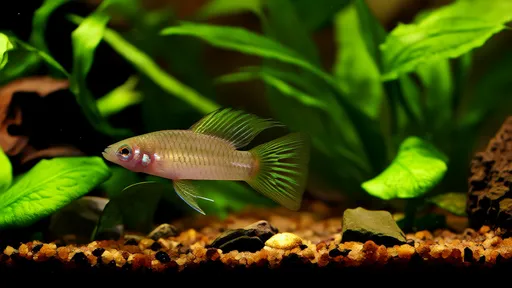
By /Jun 28, 2025
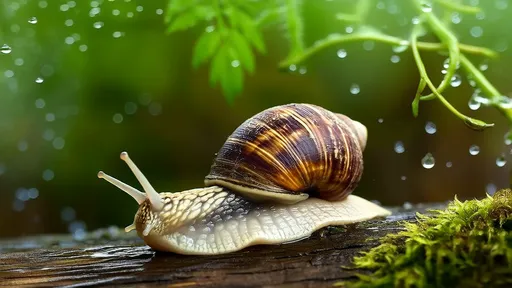
By /Jun 28, 2025
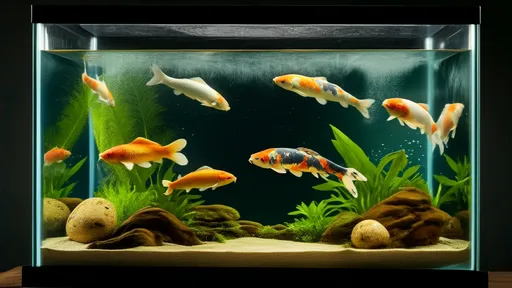
By /Jun 28, 2025
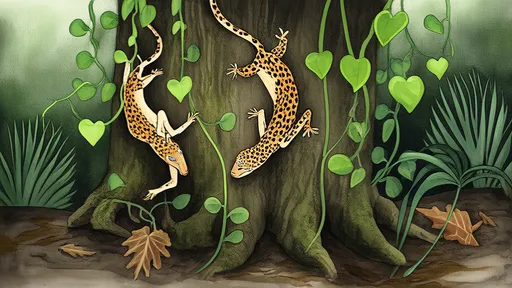
By /Jun 28, 2025
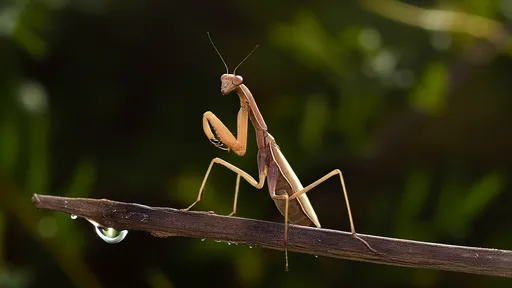
By /Jun 28, 2025
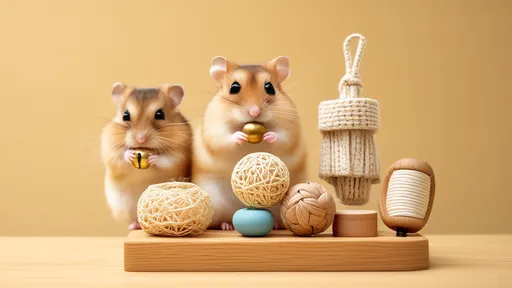
By /Jun 28, 2025
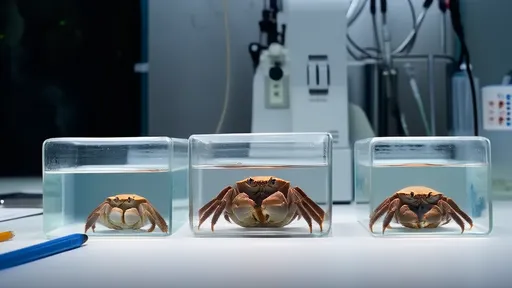
By /Jun 28, 2025
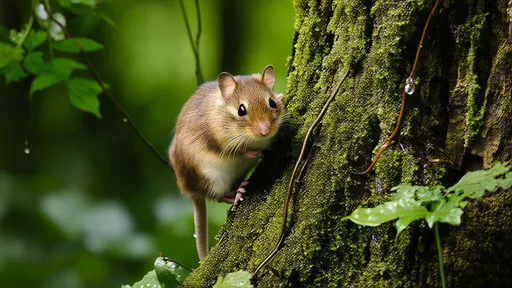
By /Jun 28, 2025
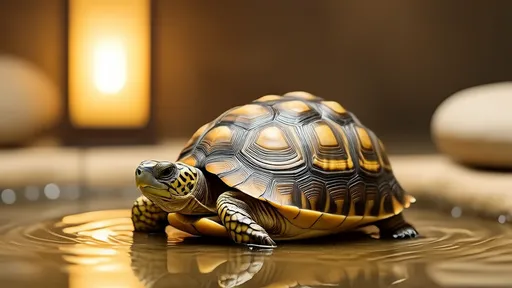
By /Jun 28, 2025
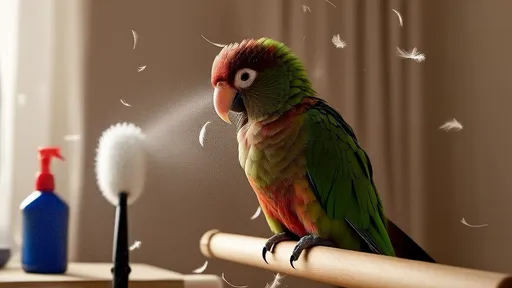
By /Jun 28, 2025

By /Jun 28, 2025
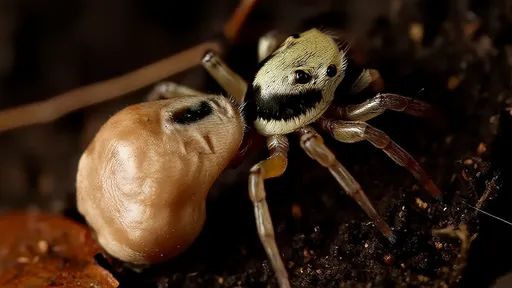
By /Jun 28, 2025
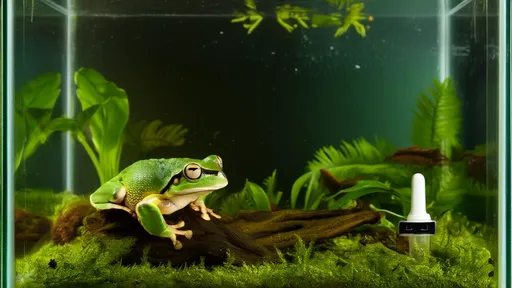
By /Jun 28, 2025

By /Jun 28, 2025
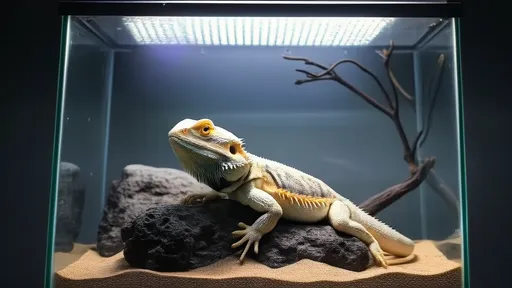
By /Jun 28, 2025
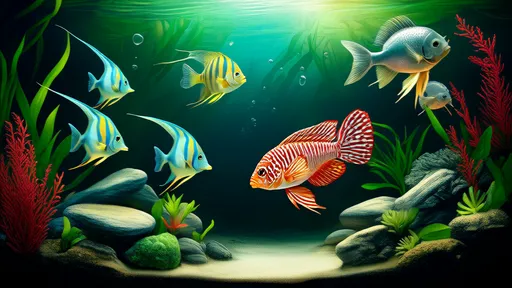
By /Jun 28, 2025
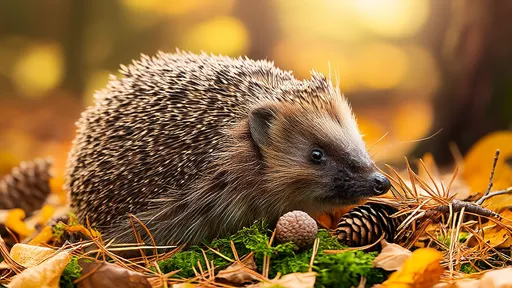
By /Jun 28, 2025